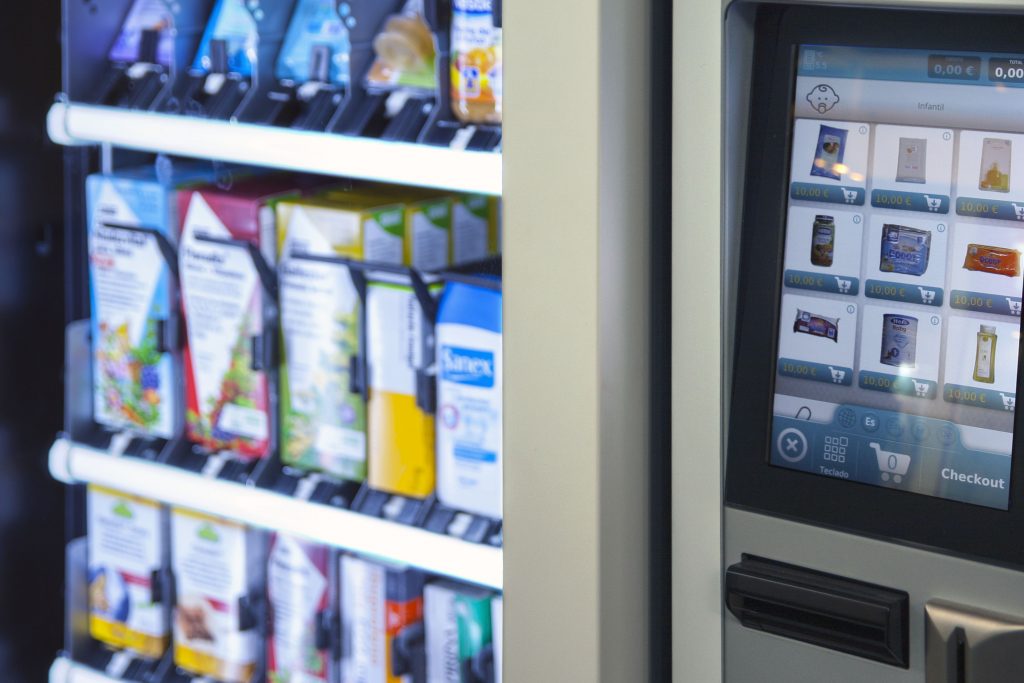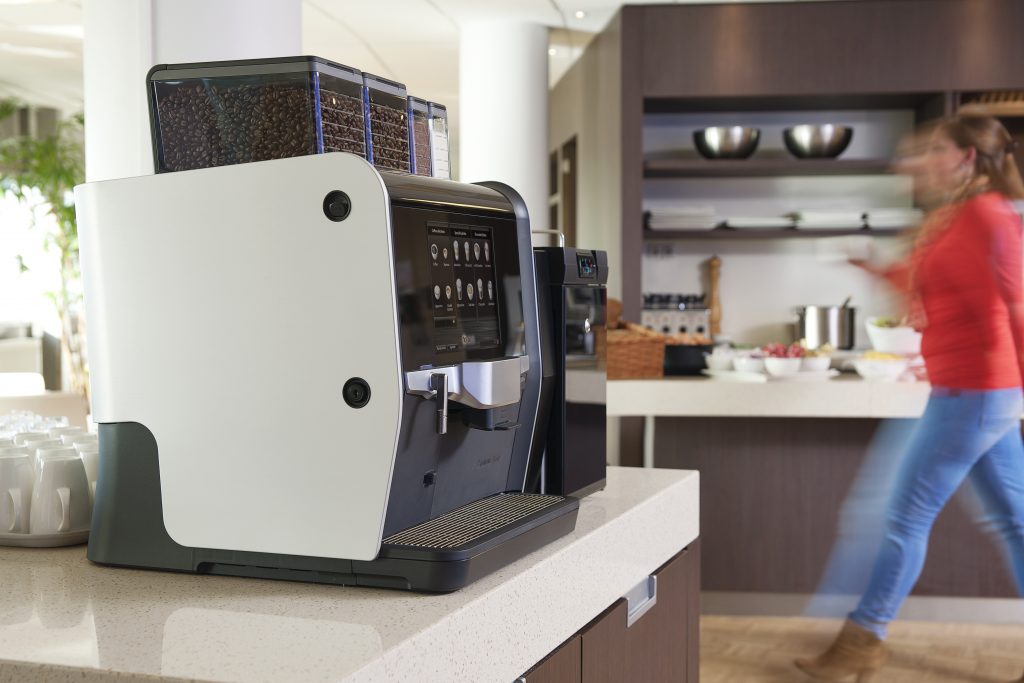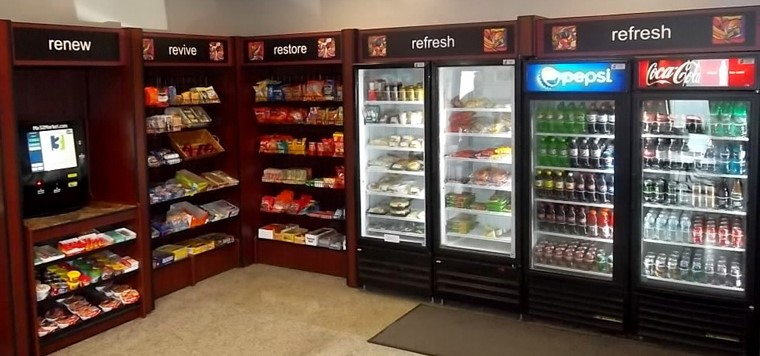As we see at each of the large vending exhibitions, there are always new developments and innovations being revealed for vending, but we also know it can take some time for these true innovations to really take off in our industry and for significant numbers of operators to implement these. Of course there are many reasons for this apparent sluggishness, including ensuring an actual return on investment, the impracticality of certain location-specific technologies (e.g. technologies not suitable for public vending), and perhaps a traditional business culture of ‘playing it safe’ and not to take unnecessary risks. But as we all know with business – if companies don’t continue to innovate then they don’t just stand still; they go backwards.
While progress can sometimes be arguably slow, it is undeniable that vending is modernising across Europe. The consumer demands more and more often a memorable experience at a vending machine, and not only in terms of quality their chosen product, but also with greater convenience through payment options or interaction through other technology.
Booming business
Overall the European vending market is growing, which is a really positive sign considering the approximately 8 years of either decline or stagnation, very much linked to the wider economic recession observed in nearly all European countries from around 2008. It is pleasing to report that according to the latest EVA market study of 22 countries, the industry grew to 4.1 million machines in 2018 (+1.5% compared to 2017) and revenue increased to €35 billion (+3.9%).

“…micromarkets should not be seen as a competitor to traditional vending, but similar to OCS should be considered as a complementary segment.”
If we take a closer look, we can see that this growth is not typically coming from the traditional western European vending markets (includes UK, France, Germany, Italy, Spain and Netherlands), but rather the less penetrated Eastern markets. This is particularly evident in Poland, Romania and Russia. In Poland for example, we really have to say that vending is booming with machine growth over the last year rising 8.5% and revenue showing a massive 10.5% increase, and this is a credit to the vending operators there for offering a really attractive proposition to consumers. It also helps that wider society is fully adapted to e.g. contactless payments, and so electronic payment terminals are not only considered a ‘nice to have’ accessory, but rather a must have.
On the other hand, most European markets are experiencing the same typical trends which we have seen developing in last few years. Namely, the premiumisation of the coffee offering, employment of different payment options, and healthier or more diverse product ranges. We are also seeing micromarkets begin to become a new development in several European markets. If we compare Europe to the US market, micromarkets there have become extremely important within 5-7 years and they are thriving. We have not yet seen anywhere near the same scale in Europe, but there are for sure signs that micromarkets are becoming more visible and interesting for operators here, and over the last year we have seen different operators start with their first micromarkets.
The challenge of choice

As in the US, micromarkets should not be seen as a competitor to traditional vending, but similar to OCS should be considered as a complementary segment. For example, micromarkets can be a great alternative to canteens in office buildings and allows competition with external grocery stores and other food chains, whereas traditional vending machines may not be able to provide the same choice in these locations. Speaking of choice, healthier vending is for sure a trend which indeed is rather obvious. With new legislation and guidance being published regularly in various markets, a more diverse product range is not only an opportunity for vending operators, but including (or excluding) certain product types is furthermore becoming a mandatory requirement. Manufacturers are also innovating in this area with touchscreens and mobile apps permitting nutritional content to be displayed direct to the consumer ahead of the purchase.
I started by saying that there are certainly plenty of innovations and trends in the industry, but some take longer than others to reach significant market coverage. But it is certain that these trends above are definitely confirmed and will continue. Vending is gradually moving to a more technology-driven, high quality product supply and is adapting to the new consumer and legislative demands. And I say that is good news.

David Irvine,
Communication and Public Affairs Manager, European Vending & Coffee Service Association













